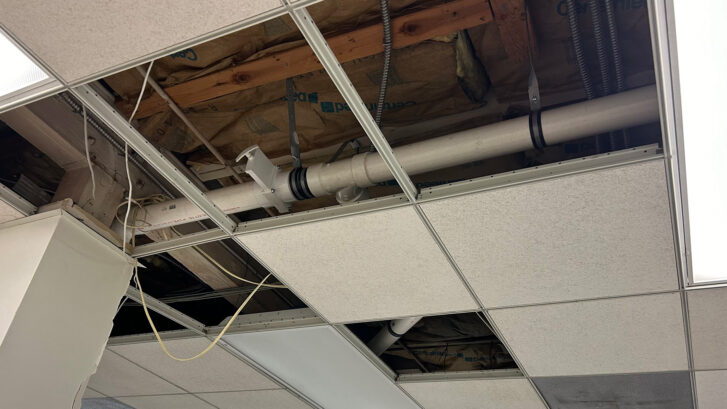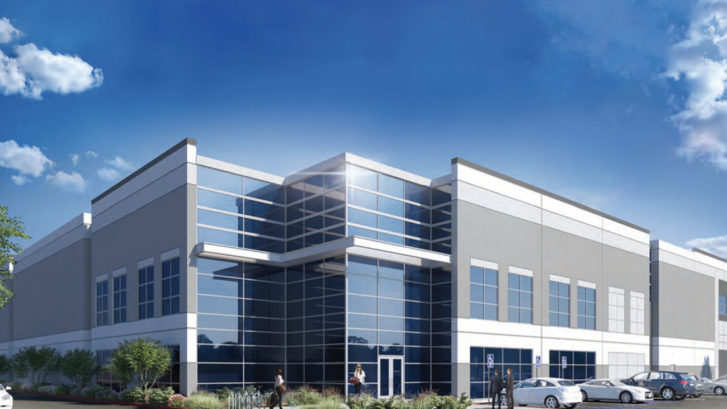Subslab Depressurization System (SSD) Installation
Subslab Depressurization System (SSD) Installation
Terra-Petra was engaged by the attorney representing the owner of a former dry cleaner in southern California that was experiencing vapor intrusion.
Specifically, indoor ambient air was monitored and determined to have concentrations exceeding commercial screening levels for the following (as well as others):
- Toluene
- Tetrachloroethene
- Dichlorodifluoromethane (CFC 12)
The attorney had requested a way to mitigate the vapor intrusion issues at the site so that the property could be commercially viable again. As we always do with any existing building Terra-Petra completed an extensive investigation of the building of concern to gain an understanding of what type of Subslab Depressurization System (SSD) would be most effective in mitigating the issue. Terra-Petra completed the pressure field extension testing to determine how much vacuum would be required to extend a minimum sub-slab negative pressure field of -0.016 ” w.c. Understanding how much vacuum is required and where it should be applied is the objective of the permeability mapping portion of any investigation and shall serve as the foundation for our design.
The design of the mitigation plan is the most critical component in the entire process because it determines the remedial design and scope of work. This is the part that eliminates the ad hoc guess work and provides a defined plan. It also eliminates installing a system that is not effective in reducing soil borne contaminants. Additionally, the process eliminates the possibility of overdesigning the system to compensate for uncertainties. Over-designed systems result in excessive installation and operational costs. Once a plan is in place, definite implementation costs can be determined.
As such, Terra-Petra completed the design, which we permitted through the local building department and began installing the system in early February of this year. The system will be online before the end of this month after we complete the installation and run our start up testing.
Installation Progress Photos
Need Vapor Intrusion Mitigation? Contact Terra-Petra Today For Assistance
Feel free to contact Terra-Petra for any of your vapor intrusion mitigation needs. One of our experienced and friendly team members is standing by to assist you.










